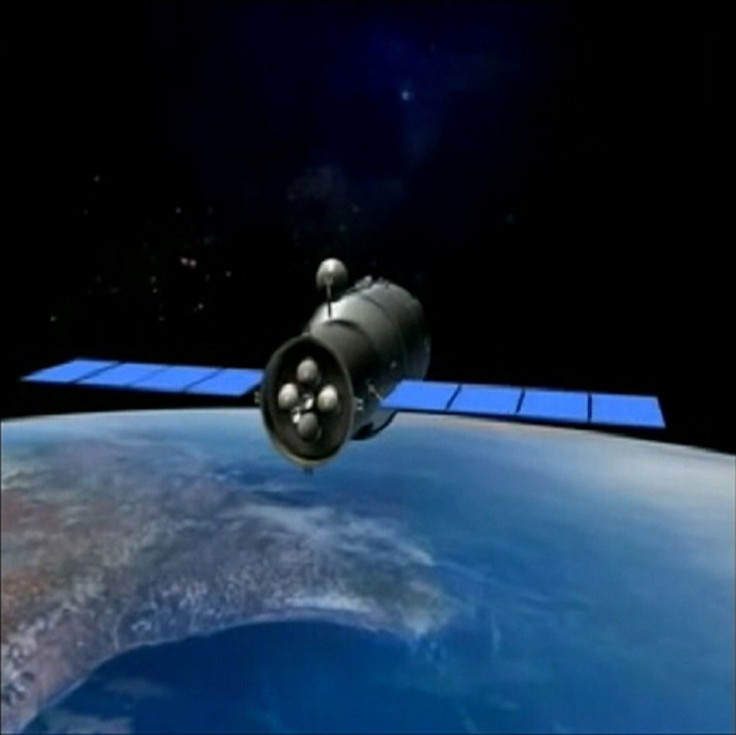China Planning To Complete Permanent Space Station By 2022

At the recent 4 th China Summit Forum on Human Factors Engineering at Sun Yat-sen University, the chief designer of China's space program, Zhou Jianping, announced the plans to begin operations at China's permanent space station by 2022.
Once completed, the Chinese space station is expected to weigh 100 tons and accommodate up to three astronauts, although Chinese engineers have noted that the space station can still be expanded in the future. By comparison, the International Space Station weighs 460 tons and can accommodate up to six astronauts.
“The main goal of the construction of the space station is to enable China to become a country independently mastering the technology for long-term manned flight in near-Earth space, and having the capability to carry out long-term manned scientific experiments in near-Earth space and comprehensive development and utilization of space resources,” Zhou said.
According to China, foreign astronauts will be welcome to join taikonauts - Chinese astronauts - aboard the station.
China formally launched its manned space program, Project 921, in September 1992. The project involved building a "permanent" space station and, through the years, the nation gained the technical know-how to operate a permanent station through the Tiangong missions.
In 2011, China sent the first prototype space station, Tiangong-1, to space to help engineers and astronauts practice docking missions. However, China lost contact with Tiangong-1, and the prototype burnt up and made an uncontrolled re-entry into the atmosphere last year.
China, then, launched a second prototype called Tiangong-2 in 2016 and sent two taikonauts, Chen Dong and Jing Haipeng, to conduct experiments for a successful 33-day mission. In April of 2017, China conducted another mission to refuel Tiangong-2, perform robotic demonstrations and to test a new spacecraft.
However, Tiangong-2 was never intended to be a permanent space station in orbit so China deorbited Tiangong-2 and brought it back down to Earth in a controlled crash over the Pacific ocean.
Although Tiangong-1 led to an uncontrolled crash and Tiangong-2 is no longer in orbit, both missions provided valuable information for when China will finally launch the permanent space station, Tianhe-1.
By building its own space station, China will be able to enhance its scientific and technological innovation capacity as well as further its long-term space exploration goals, which include missions to Mars and the Moon.
© Copyright IBTimes 2024. All rights reserved.






















